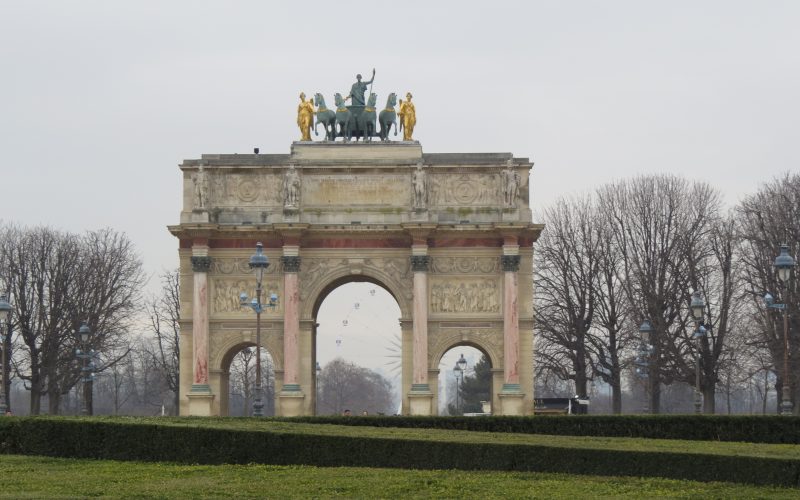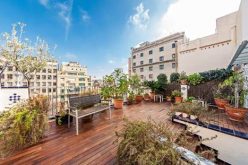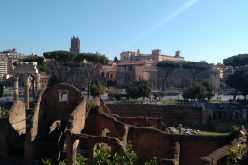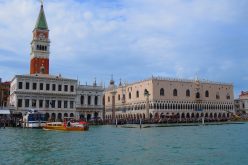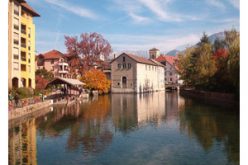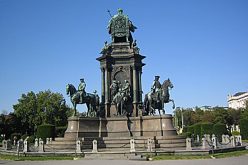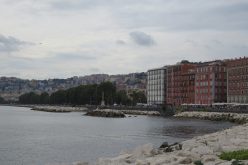Paris is the capital of France and the country’s most populous city. It is situated on the river Seine, in northern France, at the heart of the “Paris Region”. The city of Paris, within its administrative limits largely unchanged since 1860, has an estimated population over 2 millions peoples, but the Paris aire urbane (or metropolitan area) has a population around 12 millions, and is one of the most populated metropolitan areas in Europe.
Paris is one of the most popular tourist destinations in the world, with 45 million tourists every year in the Paris Region, 60% of whom are foreign visitors. There are numerous iconic landmarks among its many attractions, along with world-famous institutions and popular parks.
The street plan and total urban development of Paris are divided into two parts by the Seine and connected by 31 bridges. The major street pattern is the result of the 19th-century plan (effected between 1853 and 1870) of Baron Georges Haussmann, prefect under Napoleon III. He positioned the main streets and boulevards so that they are long and straight and focus on the major traffic circles, intersections, and architectural landmarks throughout the city. Between the major thoroughfares are the narrow, winding, congested streets.
LANDMARKS & MONUMENTS in Paris – Eiffel Tower, Arc de Triomphe, Louvre, Picasso museum, Champs Elysees, Notre Dame, etc.
 The Eiffel Tower, an immense structure of exposed latticework supports made of puddle iron, was erected for the Paris Exposition of 1889.
The Eiffel Tower, an immense structure of exposed latticework supports made of puddle iron, was erected for the Paris Exposition of 1889.
The Prince of Wales (later King Edward VII of England) officiated at the ceremonial opening.
Of the 700 proposals submitted in a design competition, one was unanimously chosen, a radical creation from the French structural engineer Alexandre Gustave Eiffel, who was assisted in the design by engineers Maurice Koechlin and Emile Nouguier, and architect Stephen Sauvestre.
The Arc de Triomphe de l’Etoile is the world’s largest triumphal arch. It is forms the backdrop for an impressive urban ensemble in Paris.
The monument surmounts the hill of Chaillot at the center of a star-shaped configuration of 12 radiating avenues. It is the climax of a vista seen the length of the Champs Elysées from the smaller Arc de Triomphe du Carrousel in the Tuileries gardens, and from the Obélisque de Luxor in the place de la Concorde.
The Louvre, in its successive architectural metamorphoses, has dominated central Paris since the late 12th century. Built on the city’s western edge, the original structure was gradually engulfed as the city grew.
The dark fortress of the early days was transformed into the modernized dwelling of François I and, later, the sumptuous palace of the Sun King, Louis XIV.
Here we explore the history of this extraordinary edifice and of the museum that has occupied it since 1793.
 The Musée Picasso is situated in the heart of historic Paris, and has a collection of several thousand works of Pablo Picasso.
The Musée Picasso is situated in the heart of historic Paris, and has a collection of several thousand works of Pablo Picasso.
Picasso was born in 1881 and he began to study art in 1895. During his life he created diverse works: painting, sculpture, drawing, ceramics, engraving, and even poetry.
After his death in 1973, many of Picasso’s works went to the French state, which decided to form a museum with the collection.
Today, there are 203 paintings, 191 sculptures, 85 ceramics, and over 3000 drawings, engravings, and manuscripts in the museum. Besides the personal collection of Picasso, the museum also has some works of Cézanne and Matisse.
The Avenue des Champs-Élysées is a prestigious avenue in Paris, France.  With its cinemas, cafés, luxury specialty shops and clipped chestnut trees, the Avenue des Champs-Élysées is one of the most famous streets in the world, and with rents as high as €1.1 million (USD1.5 million) per 1,000 square feet (92.9 square metres) of space, it remains the most expensive strip of real estate in Europe.
With its cinemas, cafés, luxury specialty shops and clipped chestnut trees, the Avenue des Champs-Élysées is one of the most famous streets in the world, and with rents as high as €1.1 million (USD1.5 million) per 1,000 square feet (92.9 square metres) of space, it remains the most expensive strip of real estate in Europe.
The Avenue des Champs-Élysées is known in France as La plus belle avenue du monde (“The most beautiful avenue in the world”).
Notre Dame de Paris (‘Our Lady of Paris’ in French), also known as the Notre Dame Cathedral, is a Gothic, Roman Catholic Cathedral on the eastern half of the Île de la Cité in the fourth arrondissement of Paris, France. It is the cathedral of the Catholic archdiocese of Paris that is, it is the church that contains the “cathedra”, or official chair, of the Archbishop of Paris, André Cardinal Vingt-Trois. Notre Dame de Paris is widely considered one of the finest examples of French Gothic architecture in the world. It was restored and saved from destruction by Eugène Viollet-le-Duc, one of France’s most famous architects. The name Notre Dame means “Our Lady” in French, and is frequently used in the names of Catholic church buildings in Francophone countries.
Notre Dame de Paris was one of the first Gothic cathedrals, and its construction spanned the Gothic period.

